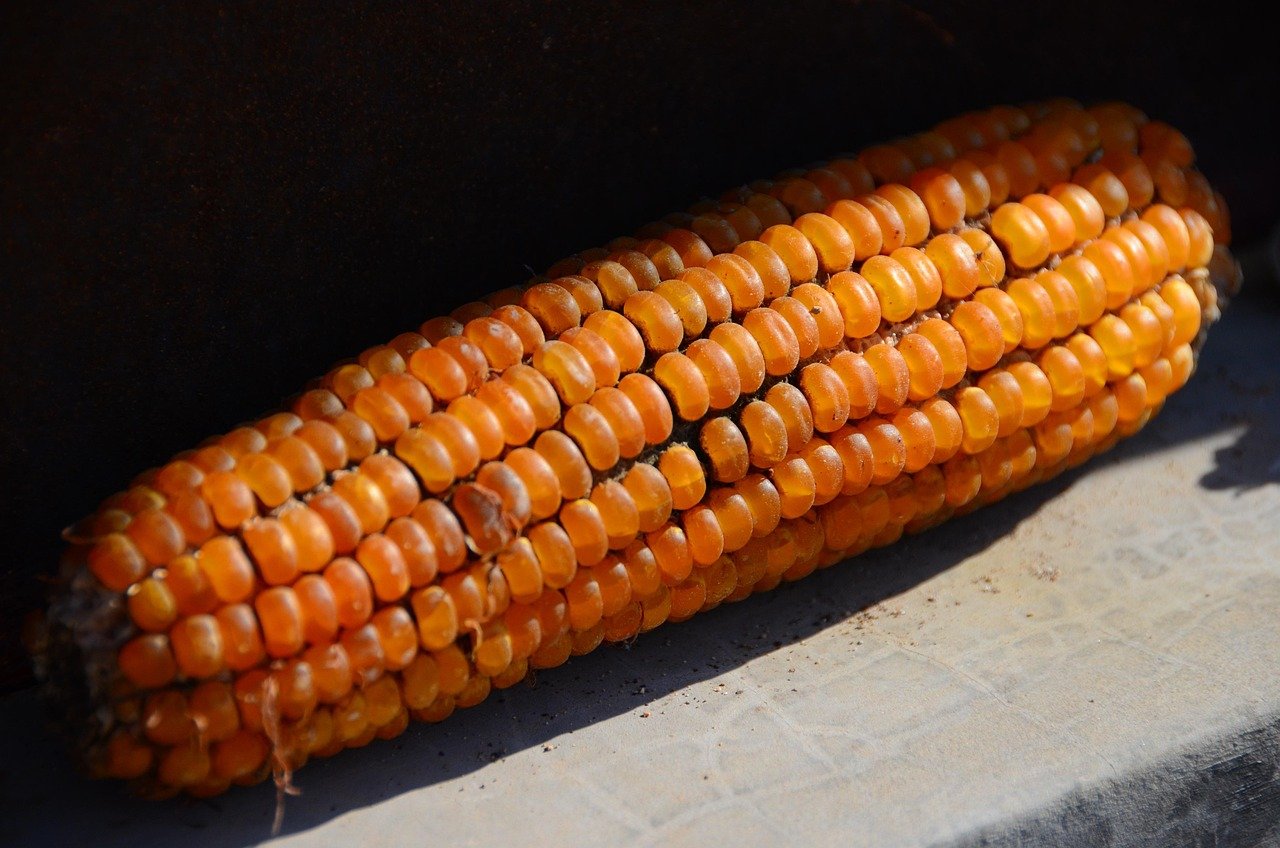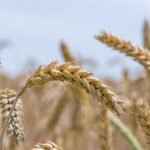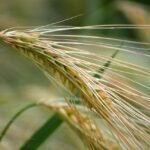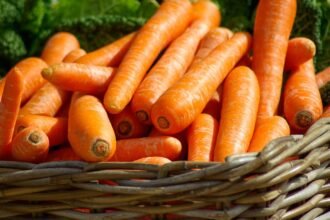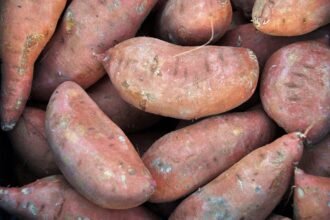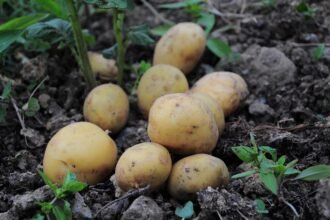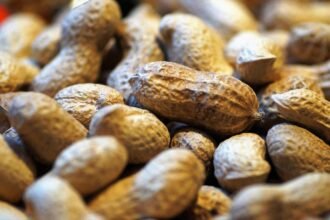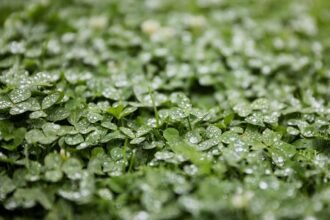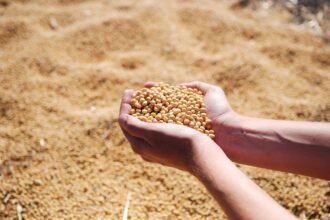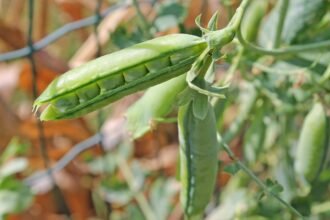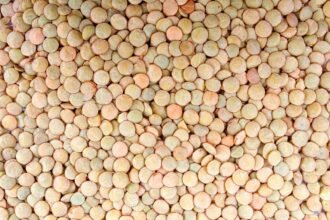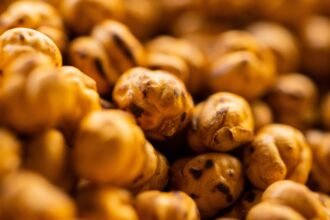Maize (corn) is one of the most widely grown cereal crops globally. It plays a vital role in human nutrition, animal feed, and industrial uses. Proper management practices are essential to ensure that maize plants grow vigorously, produce high yields, and maintain good quality. This comprehensive guide will cover the key technical aspects of maize cultivation, from soil preparation and planting to pest control and harvesting.
1. Soil Preparation and Fertility Management
Maize is a heavy feeder that thrives in well-drained, fertile soils. Soil preparation is one of the most critical stages in maize cultivation as it helps create an ideal environment for root growth.
Key steps:
- Soil Testing: Before planting, perform a soil test to determine nutrient levels and soil pH. Maize prefers slightly acidic soil with a pH range of 5.8 to 7.0.
- Tillage: Begin by plowing the field to break up the soil and create a smooth seedbed. Follow with harrowing to create a fine tilth for good seed-to-soil contact.
- Fertility Management: Based on the results from the soil test, apply a balanced fertilizer. Maize requires substantial nitrogen (N) during its vegetative stages, phosphorus (P) for root development, and potassium (K) to promote overall plant health and stress resistance.
- Organic Matter: Incorporating organic matter such as compost or manure into the soil can improve soil structure, enhance water retention, and increase nutrient availability.
2. Choosing the Right Maize Variety
Selecting the right variety of maize is essential to match your region’s climate, soil type, and the growing season. There are different types of maize, each suited to specific conditions.
- Varieties Based on Purpose: Maize varieties are typically categorized into:
- Yellow Maize: Often used for human consumption, animal feed, and industrial purposes.
- White Maize: Primarily consumed as food in many regions, especially in Africa.
- Sweet Corn: A variety grown for direct human consumption as a vegetable.
- Popcorn: A specific type of maize cultivated for popping.
- Hybrid Varieties: Hybrid maize varieties often offer higher yields and better resistance to pests and diseases compared to open-pollinated varieties.
When choosing maize varieties, ensure they are adapted to your climate, disease-resistant, and offer good yield potential.
3. Planting and Sowing Techniques
Maize should be planted with proper spacing to allow adequate sunlight and air circulation for each plant.
- Planting Time: Maize should be planted after the last frost date in the spring when soil temperatures reach at least 10°C (50°F) for optimal germination.
- Sowing Depth: The ideal sowing depth for maize is about 4–6 cm (1.5–2.5 inches), ensuring good seed-to-soil contact. Planting too deep can delay germination, while shallow planting can expose seeds to drying out.
- Row Spacing: Space the rows approximately 75 cm (30 inches) apart, and space seeds within the row about 20-25 cm (8-10 inches) apart. Adequate space ensures that the plants receive enough nutrients and sunlight.
- Planting Density: The number of plants per hectare depends on the maize variety and local growing conditions. Generally, 50,000 to 80,000 plants per hectare is ideal for most hybrid maize varieties.
4. Water Management
Water is one of the most critical resources in maize production, and proper water management is essential for maintaining high yields.
- Watering Requirements: Maize requires a lot of water, especially during the flowering and grain-filling stages. Water stress during these periods can significantly reduce yields.
- Rain-fed vs. Irrigated: In areas where rainfall is sufficient, maize can be grown rain-fed, but in regions with irregular rainfall, irrigation is required. Efficient irrigation systems such as drip or sprinkler irrigation can help maintain optimal soil moisture levels.
- Water Scheduling: Irrigate the crop at key stages, including germination, flowering, and grain filling. Avoid waterlogging, which can damage roots and promote diseases.
- Soil Moisture: Ensure that the soil is consistently moist but not saturated. Over-watering can lead to poor aeration and root health, while under-watering may lead to stress and stunted growth.
5. Nutrient Management
Maize is a nutrient-intensive crop, and providing the right nutrients at the right time is crucial for healthy growth and high yields.
- Nitrogen Fertilization: Maize requires large amounts of nitrogen, especially during the vegetative stage. Apply nitrogen fertilizers in split doses: one at planting and another during the mid-tillering or leaf expansion phase.
- Phosphorus and Potassium: Apply phosphorus at planting to promote root growth and potassium during the grain-filling phase to enhance yield and resistance to stress.
- Micronutrients: Micronutrients like zinc, sulfur, and iron are essential for maize growth. Ensure they are available in sufficient amounts, especially in soils prone to deficiencies.
- Fertilizer Timing: Timing of fertilizer application is key. Apply the majority of fertilizers before or at planting and follow up with additional applications during the growing season as needed.
6. Weed Control
Weeds compete with maize for water, nutrients, and light, and can reduce yields if not controlled effectively.
- Pre-emergence Herbicides: Apply pre-emergence herbicides to control weeds before they sprout. These herbicides prevent weed seed germination while allowing maize seedlings to grow.
- Post-emergence Herbicides: After maize has emerged, use selective herbicides to control weeds without harming the maize crop. Timing of application is crucial to ensure effectiveness.
- Manual Weeding: For small-scale maize farms, manual weeding may still be necessary, especially during the early stages of plant growth.
- Mulching: Use organic or plastic mulches to suppress weed growth and retain moisture in the soil.
7. Pest and Disease Management
Maize is susceptible to a variety of pests and diseases, which can significantly impact yields if not managed properly.
Common Pests:
- Fall Armyworm: A destructive pest that attacks maize plants, especially during the vegetative and reproductive stages. Use biological controls, such as natural predators, or chemical treatments if necessary.
- Corn Borers: These pests bore into the maize stalk and ears, causing yield loss. Use resistant varieties and insecticides to control them.
- Aphids: Aphids can spread diseases like maize mosaic virus. Use insecticides or beneficial insects to control their population.
Common Diseases:
- Maize Rust: A fungal disease that can cause significant yield loss. Use resistant varieties and fungicides to prevent its spread.
- Fusarium: This fungus affects maize kernels and can cause ear rot. Good crop rotation practices and resistant varieties can help minimize this issue.
8. Harvesting and Post-Harvest Handling
Harvesting maize at the right time is crucial to minimize losses and ensure high-quality grain.
- Harvest Timing: Harvest maize when the kernels are hard, the husks are dry, and the moisture content is between 14-20%. If harvesting is delayed, the kernels may shatter or suffer quality loss.
- Mechanical Harvesting: For large-scale operations, use combine harvesters to efficiently harvest maize. This reduces labor costs and minimizes grain damage.
- Drying: After harvesting, dry the maize to reduce the moisture content to around 13-15%. This helps prevent fungal growth and extends storage life.
- Storage: Store maize in cool, dry, and well-ventilated areas. Use airtight containers or silos to protect against pests and moisture. Regularly inspect stored maize for signs of spoilage or infestation.
9. Sustainable Maize Farming Practices
As environmental concerns increase, adopting sustainable practices in maize farming is becoming more essential.
- Conservation Tillage: Minimize tillage to improve soil health, reduce erosion, and conserve water.
- Crop Rotation: Rotate maize with legumes or other crops to break pest cycles, improve soil fertility, and reduce weed pressure.
- Efficient Irrigation: Use water-efficient irrigation techniques, such as drip or sprinkler systems, to minimize water wastage.
Conclusion
Maize cultivation requires careful attention to soil preparation, water management, pest control, and harvesting to ensure successful crops. By following the best practices outlined in this guide, maize farmers can increase yields, improve grain quality, and adopt more sustainable farming practices. Whether you’re a beginner or an experienced grower, understanding the key factors involved in maize cultivation will help you achieve better results year after year.

